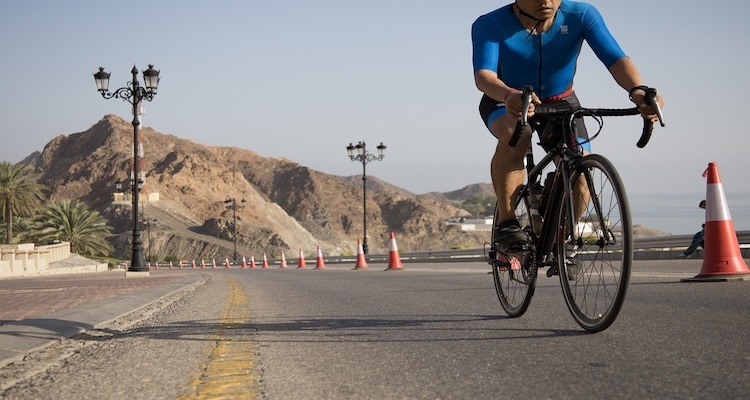
Cycling faster isn't just about pushing harder on the pedals; it's about optimizing your bike setup, refining your technique, and maintaining your equipment. Here’s a comprehensive guide with actionable tips to help you ride your bike faster every time.
Invest in a professional bike fitting to ensure your bike is tailored to your body. Unlike typical bike or wide-tire e-bike variants built for commuters, a mountain bike or a sports bike has special builds for more intense travels. A proper fit can enhance comfort and efficiency, allowing you to exert more power without unnecessary strain. Key adjustments include:
Dehydration can severely impact performance, leading to fatigue and decreased endurance on long rides. Maintaining proper hydration levels is crucial for optimal muscle function and overall cycling performance:
Selecting the appropriate gear ratio for your riding style and terrain can significantly impact your speed and overall cycling experience. Understanding how to shift gears effectively allows you to maintain an optimal cadence, whether climbing steep hills or cruising on flat roads.
For hilly areas, opt for compact cranksets that allow for easier climbing. In flat terrain, consider larger chainrings to maximize speed.
Mastering a smooth, circular pedal stroke is crucial for maximizing power and efficiency on the bike. Focusing on both the upstroke and downstroke engages more muscle groups and helps you maintain a higher cadence with less effort.
Practice a smooth, circular pedal stroke rather than just pushing down. Engage both the upstroke and downstroke by:
A strong core stabilizes your body while cycling, allowing for more efficient power transfer. A strong core stabilizes your body while cycling, allowing for more efficient power transfer from your legs to the pedals.
Core strength helps maintain proper posture and reduces fatigue during long rides, enabling you to ride faster with less effort. Incorporate exercises like:
Keeping your bike in optimal condition is crucial for performance and safety on the road. Regular maintenance ensures that all components function smoothly, reducing friction and improving overall speed. Simple tasks like checking tire pressure and lubricating the chain can make a significant difference in how well your bike performs:
Adopting an aerodynamic position while riding can greatly reduce wind resistance, allowing you to maintain higher speeds with less effort. While designers try to make sure modern bike styles are aerodynamic, it still helps for cyclists to know how exactly they can position their bodies to maximize this physics concept for their rides.
Proper positioning minimizes drag and helps you slice through the air more efficiently, especially during long rides or races where every second counts:
Riding in a group can help you maintain higher speeds through drafting, which allows you to conserve energy while benefiting from the efforts of others in the pack. Learning effective group riding techniques not only enhances speed but also improves overall riding skills:
Fueling properly before rides is essential for optimizing performance and maintaining energy levels throughout your journey. The right nutrition strategy ensures that your body has adequate glycogen stores for sustained energy during intense efforts:
Allowing time for recovery is essential for improving speed and endurance over time. Recovery days enable muscles to repair and strengthen after intense workouts, preventing burnout and injuries:
Improving your cycling speed requires dedication and focus on various aspects of riding—from bike setup and technique refinement to nutrition and recovery strategies. By implementing these actionable tips into your routine, you'll ride faster and enjoy the journey as you become a more skilled cyclist.
Remember that consistency is key; regular practice combined with these techniques will lead to significant improvements over time. Embrace the process, stay motivated, and watch as you effortlessly pick up speed with each ride!
This is a Sponsored Post
